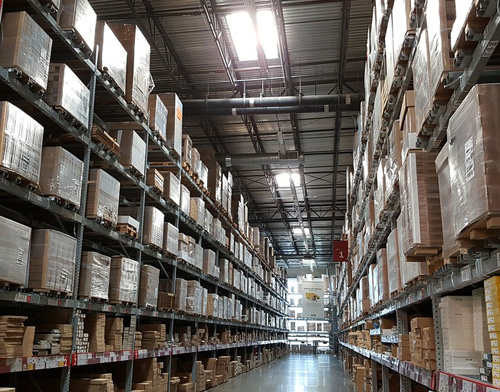The freight or logistics manager is one of the key members of any manufacturing or freight company team; without them, it’s impossible to get a shipment moved on time every time. In short, these key team members handle the minutia that ensures the freight gets moved.
Since a logistics manager is so important, why not make their life a lot easier? Both short- and long-term efforts help a traffic manager become an invaluable part of the organization and encourage loyalty to the organization. It’s important to give a logistics manager everything they need to expedite their tasks and communicate with the trucking company and warehouses. Here are some ways to make the job of a traffic manager or planner easier (and more productive to boot).
Structured Learning Programs
The more a freight manager knows about best practices, typical rates and more — the smoother they will be in their role. While some people have a natural inclination toward logistics, learning more about how to efficiently manage many moving parts is always beneficial.
Many companies offer structured learning and development programs to keep their planners ahead of the game and equipped with what they need to succeed. Aside from professional certifications, companies can also generate internal training programs that help their freight managers stay up to date. Internal programs range from everything to understanding the other roles in the company to industry regulations. Degrees in logistics diversify a planner’s skill-set and benefit their career trajectory as well as the company.
Access to New Logistics Software
It’s the age of digital, and there’s no reason a logistics shouldn’t have access to 21st-century tools that make keeping their shipments on track and in sight. Transport planning software ranges from real-time transport management to shipment scheduling. Many tools have algorithms that factor in drive time, warehouse capacity, toll roads, and more, so the freight manager can better plan the monthly schedule and ensure on-time deliveries. Investing in logistics software now saves money in the long term in addition to helping the freight manager do their job.
The Best Communication Tools
A logistics manager for freight shipping shouldn’t be operating in a vacuum. Their job is a lot easier if they can quickly and reliably communicate with everyone from the driver, trucking company partner, and other team members. Equip a manager with up-to-date communication tools so they are able to stay in touch.
As customer expectations increase, so too are the number of fast-moving mobile tools available to freight movers such as logistics managers and truck drivers. For instance, shipping professionals and drivers should not be using paper logs. These old-school tracking methods have been replaced by apps and shared programs. Invest in electronic signature programs that alert the logistics manager about when a shipment has been picked up by the trucking company and at what specific time. Similar programs also alert the manager as to when the freight has been delivered and logged. Of course, in order to leverage these state-of-the-art communication tools, it’s important to work with a trucking company that is ready to work as a partner and respect all communication needs.
Another essential communications and logistic tool for freight managers is Evernote, a mobile tool that lets the manager share all manner of documents and images with colleagues. When a new invoice or shipping order is created, the manager can add it to Evernote and share it with appropriate parties — including their trucking partner. The mobile app makes it possible for logistics managers to access their contracts and other documents from almost anywhere.
Easy Asset Tracking
On top of communication tools and organizational software, a freight planner finds their job much easier to accomplish when their tracking tools are fast and effective. It’s important to make sure logistics managers are working with a trucking company that has up-to-date tech or can get on board with the systems the manager is using. When seeking out a new relationship with a trucking company, here are some examples of asset tracking to inquire about:
• Use of apps with geofencing that confirm a truck’s arrival at a designated destination. The logistics or traffic planner on the manufacturing side can access accurate information about order status without having to make a phone call.
• Ability to work with a versatile barcode scanner like Scandit that lets warehouse managers and other personnel quickly scan and track shipment items. Tools like Scandit work even when the scan isn’t perfect, which saves time and keeps counts accurate.
• Utilization of Google Maps for Transportation to enhance the experience of driver, dispatchers, and traffic planners. Logistics managers use the software to see current road conditions for a particular asset and better inform delivery time.
Within the supply chain industry, a logistics or freight manager is a highly essential part of any manufacturing and shipping operation. Equipping the manager with the tools they need is as important as working with a trusted trucking company. With the right tools and shipping partners at their disposal, a traffic planner will find new and innovative ways to get assets to their destinations in the fastest and cheapest way possible. In other words, invest in logistics now or pay the price in the long run.



